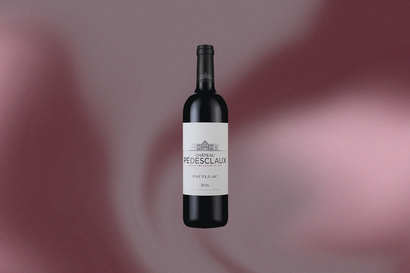Sparkling wine vs Champagne: a connoisseur's guide to festive fizz
‘Of course, there could be a degree of label snobbery at play here, something to which I am not immune’
Not so long ago, when it came to toasting any significant occasion, it was Champagne or nothing. However, these days, such has been the progress of sparkling winemaking around the world, there is a host of alternative options available. At larger gatherings, in particular, when a free-flowing crowd-pleaser is the name of the game, I would be more than happy – intrigued, in fact – to be served a good cava or Franciacorta. Further afield, Australia, South Africa and California are the sources of several very decent sparklers, meanwhile, back in France, there is a wealth of perfectly serviceable – and affordable – crémants made from various grape varieties and across several regions.
Like Champagne, crémant wines gain their bubbles via the ‘méthode traditionelle’, which sees the wine undergo a second fermentation in bottle. The alternative, whereby that process occurs in tank, is employed to fashion Prosecco, whose more industrial nature partly explains why I’ve still not found a similarly welcome example – even at the higher Conegliano Valdobbiadene level.
Of course, there could also be a degree of label snobbery at play here, something to which I am not immune. Let’s be honest, for more select gatherings, perhaps on Christmas morning or New Year’s Eve, a certain flourish is required. And, I don’t think I’m being unduly partisan to suggest that, in such circumstances, the only truly elevated alternative to Champagne comes from our own fair shores.
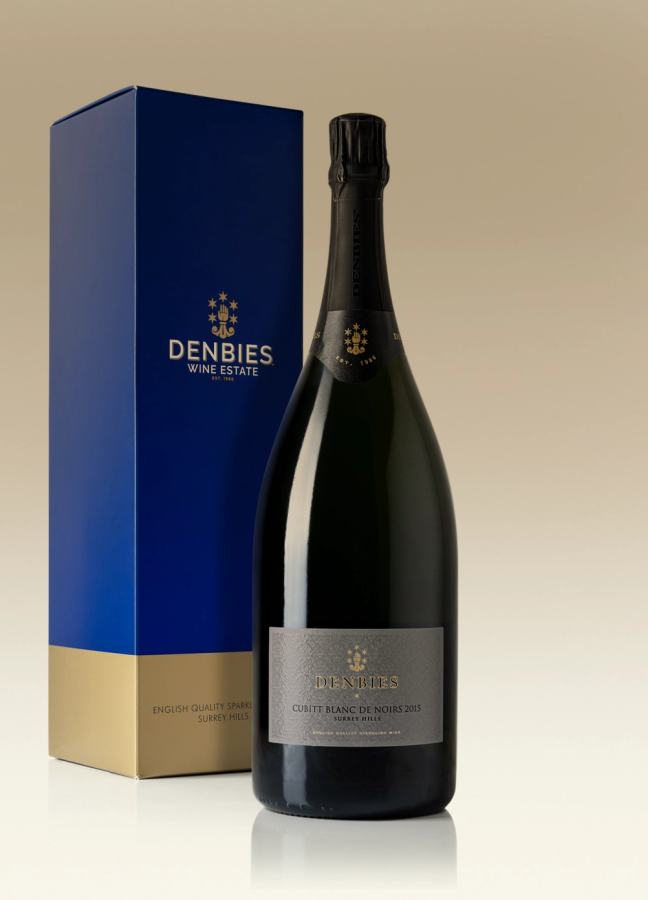
English sparkling wine is made in the same style – with the same grape varieties, often on very similar soil, and, increasingly, climate – as Champagne’s traditional conditions. Denbies is one of the UK’s oldest wine producers and has been turning out an expansive range, including a wealth of still wines, since 1986. Its Cubitt Blanc de Noirs, named after the land’s former owner, Victorian architect and great-great-great-grandfather of Queen Camilla, Thomas Cubitt, is a little more exclusive, being made only in the finest vintages. The 2015 displays that archetypal Champagne creaminess and toastiness and, even better, is available ‘en magnum’, as they say in Paris – a surefire way to make a statement.
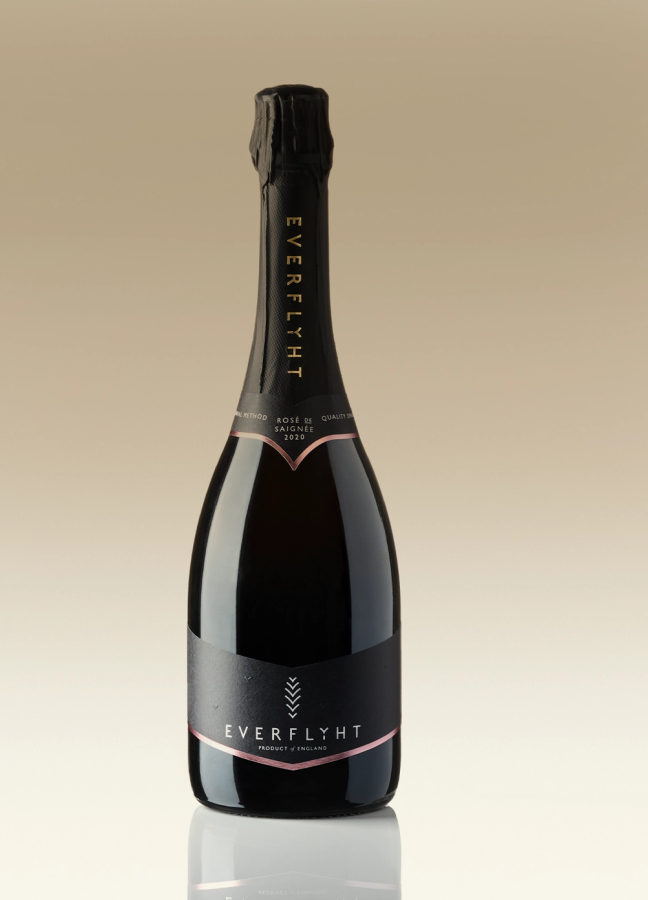
By way of contrast, 2015 is the year Everflyht, a small, single-vineyard estate, was founded, and, even now, it crafts just two wines, both of which are sparkling. Like Denbies’s Blanc de Noirs, the East Sussex producer’s Rosé de Saignée is made only with black grapes, and the vibrant hue of the 2020 release betrays its ripe summer-fruits profile, married with the signature pâtisserie tones found in the best Champagne.

For those still wedded to sparkling wine’s spiritual homeland, a classic non-vintage Champagne for the festivities comes in the form of Philipponnat Royale Réserve Brut NV. Continuing a theme, Philipponnat is known primarily for its holdings of pinot noir, and its house style is all about harnessing the power of great pinot, but without sacrificing the freshness of chardonnay. The blend of Royale Réserve is almost seventy-thirty in pinot’s favour, and displays the signature Philipponnat traits of power and vibrancy via red-berry notes, but with a certain biscuity toastiness that is impressive for a non-vintage cuvée.
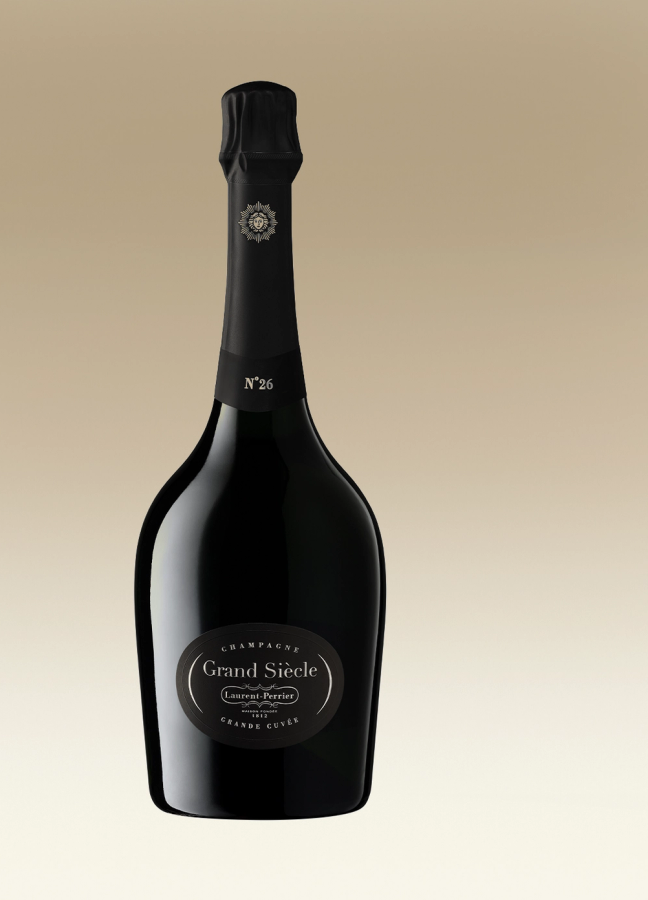
Such traits are usually the preserve of older Champagne, generally from a single vintage. Moving further up the scale, Laurent-Perrier blends its prestige cuvée, Grand Siècle, from a variety of vintages, and the latest release – Iteration No.26 – is based largely around 2012, with the balance coming from 2007 and 2008. Balance is the operative word here – with the wine aged on its lees (the yeast deposits) for a decade, it takes on that moreish creaminess to complement the freshness and structure of a truly great Champagne.
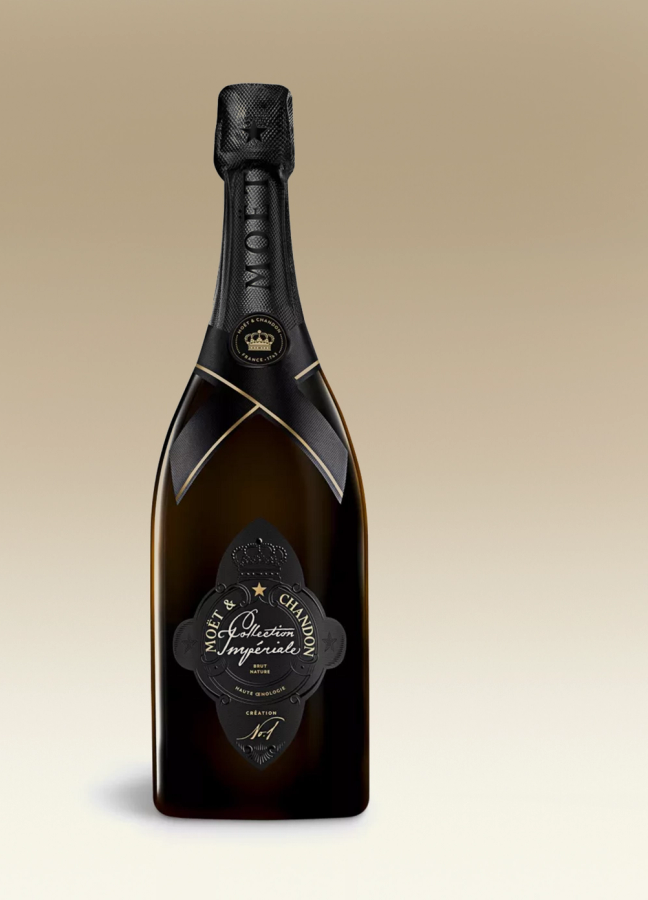
Moët et Chandon is also going down the multi-vintage route with the newest addition to its range, Collection Impériale Création No.1. For the last couple of decades or so, since Dom Pérignon was split off into a separate entity within the LVMH empire, Moët hasn’t really had a prestige cuvée worthy of the name (there was a cuvée called MCIII, but its make-up was as awkward as its moniker).
That all changes with the new release, intended to commemorate the house’s 280th anniversary (a new edition will be launched every two years from now until the 300th anniversary, in 2043). The wine is a blend of seven different vintages: the base – the house’s vibrant 2013 Grand Vintage – is aged in stainless-steel tanks, and is complemented by five older vintages aged in large oak casks; the blend is then finished with the rounded 2004, aged on its lees.
Crucially, the use of larger, older oak foudres lends structure rather than flavour. As Moët cellar master Benoit Gouez says: “The MCIII was a little too heavy for the Moët style. Here, we’re looking more for freshness, fruitiness and lightness.” The wine is officially a brut nature, meaning there is no added sugar, and it features a certain smoky – almost gunpowder – note to the exotic, nutty fruit. Perfect for a cracking Christmas.
Want more drinks content? These are the best red wines for a cool, crisp Christmas…

Become a Gentleman’s Journal Member?
Like the Gentleman’s Journal? Why not join the Clubhouse, a special kind of private club where members receive offers and experiences from hand-picked, premium brands. You will also receive invites to exclusive events, the quarterly print magazine delivered directly to your door and your own membership card.


